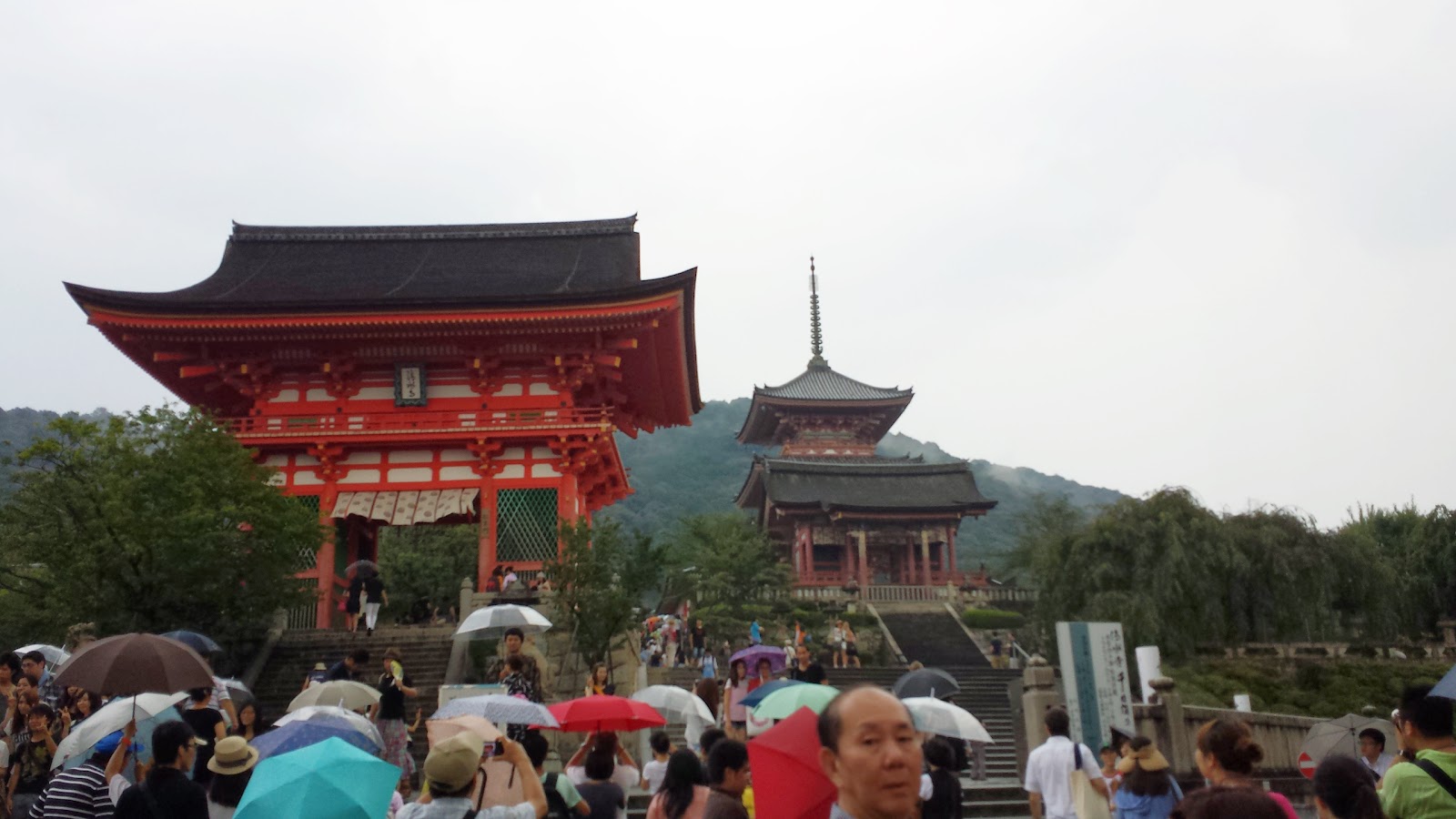As part of our recent trip to Osaka, we made our way over to
the Osaka aquarium. Living in Kyoto is absolutely amazing, and the only way it
could be any better is if it was on the ocean. Thankfully living on an island
nation, we are able to access the ocean within 30 minutes by train.
 Having never been to a Japanese aquarium we just sort of
expected it to be identical to aquariums in the states. Boy were we wrong! I
apologize now to anyone who has not been to an aquarium in the states and is
reading this, because the difference may not make sense. With that said, the
biggest difference between the two is the layout. If you are familiar with
aquariums in the states, you know you can walk around as if it was a museum, a
little bit of time here, a bit here, basically just walk around as you please.
Having never been to a Japanese aquarium we just sort of
expected it to be identical to aquariums in the states. Boy were we wrong! I
apologize now to anyone who has not been to an aquarium in the states and is
reading this, because the difference may not make sense. With that said, the
biggest difference between the two is the layout. If you are familiar with
aquariums in the states, you know you can walk around as if it was a museum, a
little bit of time here, a bit here, basically just walk around as you please.  The Osaka aquarium is a different story entirely. You
purchase your tickets outside, and then enter on the first floor. You then take
an escalator up seven stories and begin your decent, along with the 200 other
people who have decided to visit the aquarium on a late Saturday afternoon.
The Osaka aquarium is a different story entirely. You
purchase your tickets outside, and then enter on the first floor. You then take
an escalator up seven stories and begin your decent, along with the 200 other
people who have decided to visit the aquarium on a late Saturday afternoon.
You then wind your way down the floors, still with the 200
other people, all packed in together with little ventilation or room to move.
As you descend through the floors, you walk through a series of areas of the world, “Japanese rain
forest”, “Monterey,” and “Antarctica” to name a few. As you walk, you really just see the same
tanks, only lower and lower into the tank’s depths (so you see the same fish, seals, and other sea-life over and over). It’s sort of amazing and depressing all at the same time.
The Antarctica exhibit where, if the seals wanted there was nothing in between you and them...
Your eyes are not deceiving you, that sting ray is leopard print!
Giant sea crabs
Full size shark in the tank...
dinner...
Another classic English shirt
Regardless, there were some really amazing areas, where you
could pet sting rays and small sharks, and even a few fish we had never see
before. You could also get really close to penguins, and as the station is
unmanned you could probably get away with reaching out and touching
one….terrifying as that sounds.




















































